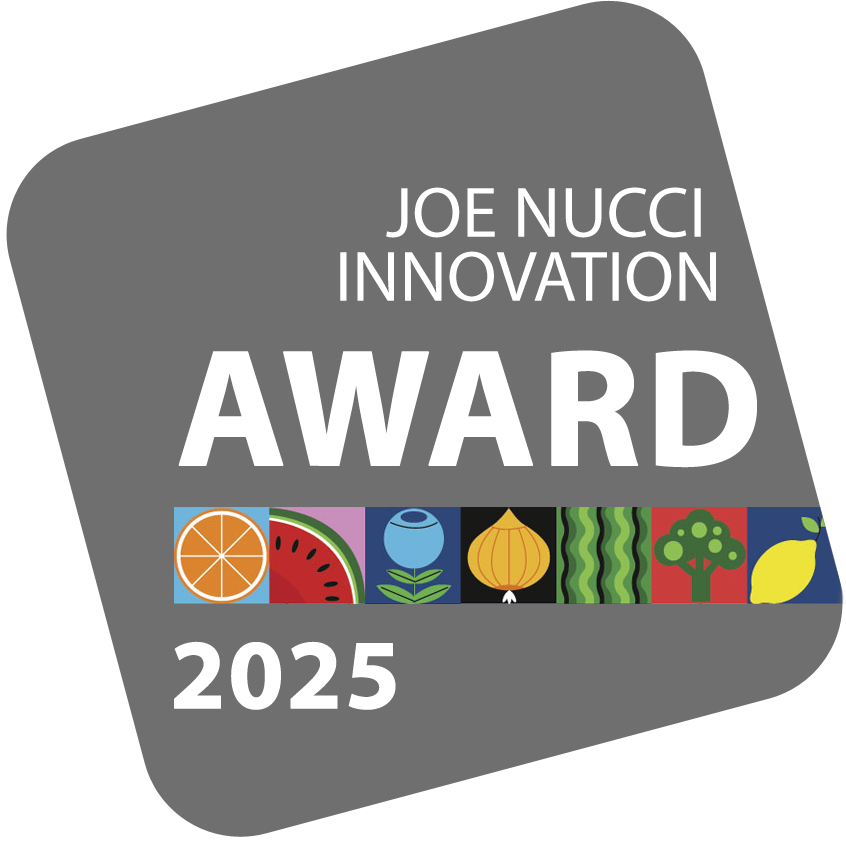Steve Grinstead: The Case for Produce Consolidation
October 14, 2025 | 4 min to read


The produce industry has experienced some consolidation over the years, but not nearly to the extent of other family business industries. Looking at other industries that were also mostly made up of small family businesses — funeral homes, tractor supply, boat dealerships, etc. — they significantly rolled up in the ’80s and ’90s. Many factors, mostly revolving around the difficulty of dealing with an extremely perishable product, prevented our industry from the same fate. The produce business is an extremely difficult business and not easy to cookie-cutter, or even replicate at all.
The industry needs to have fewer players in order to be healthy. It is problematic for too few players to be in each market, which the government provides oversight for, but it is also problematic to have too many players in each market. When you have far too many players in each market, it becomes a race to the bottom, with companies making bad business decisions to gain or retain customers. Those challenges continue to grow with the soaring cost of last-mile distribution.
Additionally, there are many new technologies to employ today to improve food safety, traceability, freshness, efficiencies, etc., but they are expensive. It’s difficult for smaller organizations to afford and take advantage of these technologies.
I believe we could have half as many players and still remain competitive and innovative.
The arguments against consolidation usually revolve around not enough competition to keep pricing in check and competitive, as well as the loss of creativity and innovation. This is a real concern, but the produce industry is light-years from that scenario. I believe we could have half as many players and still remain competitive and innovative.
MARKET IS DYNAMIC
When you look at other segments of the industry, such as retail, they significantly consolidated decades ago. I remember everyone thinking that there would end up being only three retail grocers in the U.S.
But the free market finds a way to right-size itself. As the retailers grew larger, there were niches that were left unfilled. The small regional players grew larger and have become significant players in the industry. Many independents sprang up from the larger retailers not being able to address every market and niche group. The population dynamics of many markets have changed over the years as well, which continues to evolve local and niche needs.
IMPROVING GREAT COMPANIES
FreshEdge has been consolidating the produce distribution industry for the past six years. We have aggressively grown via acquisition of great produce companies, with the model of leaving the companies significantly like they were, while still taking advantage of our ever-growing scale.
When we looked at the produce distributors in the United States, there were large companies in the Northeast, Southeast, and out West. The middle of the country was made up of mostly midsize to smaller companies. We first set out to become the large company in the middle of the country and then continue expanding from there.
We developed the model of each company joining the FreshEdge family of Best in Class companies vs. “selling out.” The previous owners became partners in the FreshEdge organization, so they still have skin in the game and remain driven to grow and be the best we can be. We only focused on great companies that were market leaders in each market.
FreshEdge was built on being customer-obsessed from the beginning. All our customer programs were tailored to each customer’s wants and needs. So, starting with great companies that were already customer-centric was important. Then, we layered on technology and processes to make the companies even better at delivering the appropriate customer experience.
Next, we added numerous perishable product lines to the companies, and FreshEdge has been evolving from a produce company to the premier fresh specialist. This allows us to serve our customers’ needs with a wider array of delicious and nutritious foods with the same focus and attention that we do with produce.
The other industry segment that we have been busy consolidating is local fresh-cut produce. Through startups and acquisitions, we now have six fresh-cut, value-added facilities and one USDA kitchen. These Best in Class fresh-cut operations feed our various Best in Class fresh food distribution facilities. This allows our customers to order value-added products this morning, have them freshly and expertly cut and packaged to their specs this afternoon, and then delivered to their foodservice or retail operation tomorrow morning.
FreshEdge is private equity-backed, and we are proud to have Wind Point Partners as our partner. They have been an incredible resource to us and helped us become a more efficient and well-run company.
I believe our industry will continue to consolidate for the foreseeable future, and I think it will be healthy for all aspects of it. We are proud to be part of this industry consolidation and believe that our customers, suppliers, and associates have all benefited from the process. I love this industry and have made making it better my life’s work.
Steve Grinstead is chief executive of FreshEdge, a family of best-in-class fresh food distribution companies backed by Wind Point Partners.
24 of 32 article in Produce Business October 2025

